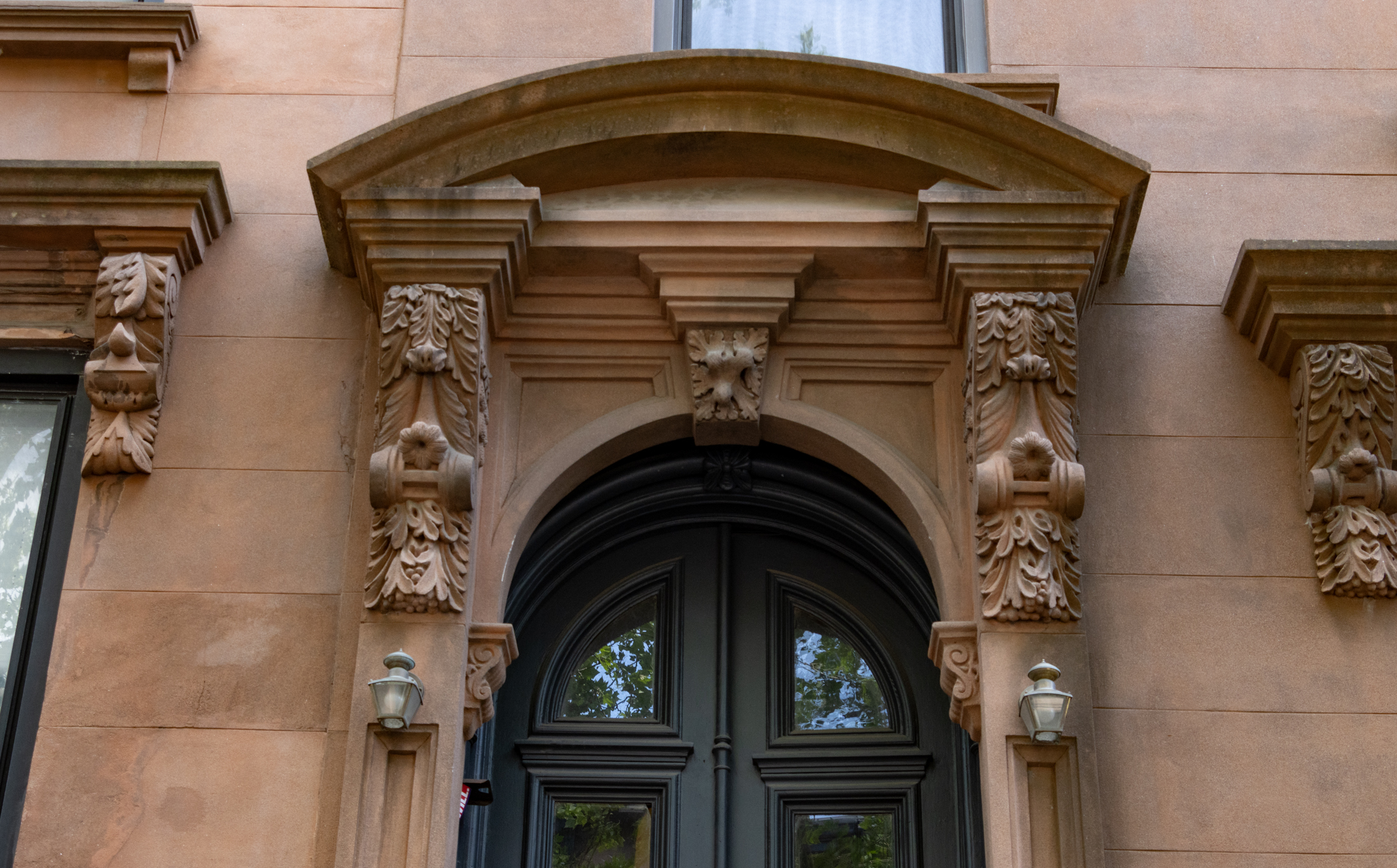Secrets of Kissena Park
Kissena Park, in eastern Flushing between Rose and Oak Avenues, Kissena Boulevard, Booth Memorial Avenue and 164th Street, lies on the former plant nursery grounds of Samuel Bowne Parsons, and does, in fact, contain the last remnants of the Parsons plant businesses. A natural body of water fed by springs connecting to the Flushing River…


Kissena Park, in eastern Flushing between Rose and Oak Avenues, Kissena Boulevard, Booth Memorial Avenue and 164th Street, lies on the former plant nursery grounds of Samuel Bowne Parsons, and does, in fact, contain the last remnants of the Parsons plant businesses. A natural body of water fed by springs connecting to the Flushing River was named Kissena by Parsons, and is likely the only Chippewa (a Michigan tribe) place name in New York State. Parsons, a native American enthusiast, used the Chippewa term for “cool water” or simply “it is cold.” After Samuel Parsons died in 1906 the family sold the part of the plant nursery to NYC, which then developed Kissena Park, and the other part to developers Paris-MacDougal, which set about developing the area north of the park. Kissena Park attained its present size in 1927. Much of its southern end remains wilderness, with bridle paths running through it. In 1942, the streams were filled in and Kissena Lake was bordered with concrete.
Though I had lived a few blocks away for 14 years, from 1993 to 2007, and visted Kissena Park frequently, I had never before noticed this World War I tribute called Memorial Knoll, a boulder inscribed with the words “to those who gave their lives for their country in the world war.”

From NYC Parks: “The six-ton granite boulder, Flushing’s first memorial to what was then known as the Great War, was dedicated June 5, 1921, and unveiled by Boy Scouts in front of a crowd estimated at several hundred and a delegation that included a band from Fort Totten and representatives from American Legion posts and religious organizations. The boulder itself was unearthed during the construction of the golf house at the Flushing Country Club on Jamaica Avenue and its inscription was carved by local stoneworkers Prowse & Sugden. Most of the $275 cost of the memorial by the Flushing United Association was spent on simply moving the boulder.”

Ascending a nearby staircase and following a park path to Rose Avenue and Parsons Boulevard, walk to the end of the wide corridor and you’ll come upon Kissena Park’s Korean War Memorial. On the rear of the pedestal are inscribed the names of all 172 Queens soldiers who died during the conflict, and the names of persons and groups supporting the project. The Korean War Veterans Memorial Association and (then) City Councilman John Liu (later NYC Comptroller) assisted in assembling the funds necessary for the plaza, while the South Korean government, New York State and private donations raised funds for the sculpture in 2007.

Kissena Park Corridor actually runs on the right-of-way of a long-abandoned railroad, the Central Railroad of Long Island, built by Scottish immigrant and department store magnate Alexander T. Stewart in 1872 as a means to connect western Queens with a new development of his, Garden City.
The railroad was a financial failure and survived for just a few years, yet the railroad, built 140 years ago in 2012, still survives… after a fashion… as a park, which matches its fate with that of the High Line on the west side of Manhattan.
A subtle monument to the old line can be found on Rose Avenue and Kissena Boulevard, on which there’s a memorial plaque, ironwork in the shape of a locomotive, and street paving that resembles railroad ties.





What's Your Take? Leave a Comment